And that's exactly what happened to the Columbia Missourian's article that wrongly says Block GBE and Wiley Hibbard lied about tower heights. Reporter Sidney Steele's analysis pivoted on an email interview with Jack Cardetti, hired Clean Line spinner, where he claimed tower heights would be no higher than 150 ft. This is a straight up fabrication and doesn't match record evidence submitted to the PSC.
The Grain Belt Express application to the PSC states at page 24:
Most structures are expected to be between 110-to-150 feet tall, with taller structures likely required at river crossings and in certain other situations where longer span lengths are required.
In addition, the Construction Plan for GBE, dated June 2016 and submitted for the record at the PSC includes this table, which gives upper height measurements for all structures exceeding 150 ft.
Lattice structures would be 120 - 200 ft. tall.
Monopole structures would be 120 - 160 ft. tall.
Guyed structures would be 120 - 200 ft. tall.
Lattice crossing structures would be 200 - 350 ft. tall.
The Statue of Liberty, without the base (because the graphic clearly shows the Statue without the base) is around 150 ft. tall. It is indisputable that GBE would include structures taller than the Statue of Liberty.
The Columbia Missourian's "ruling" and rating of Block GBE's claim as "false" are clearly FALSE.
The Columbia Missourian owes Block GBE and Wiley Hibbard a printed apology and retraction.
Here's where Sidney made her error... according to the article's sidebar, Sidney used the testimony of Wayne Galli to make her "finding" that transmission tower heights would be no greater than 150 ft. Of course, Galli's testimony said no such thing. What Sidney is relying on is this, an exhibit to Galli's testimony showing a depiction of "typical" tower structures. The "typical" structures show a maximum height of 150 ft. Typical, Sidney, TYPICAL. It does not show the dimensions of every tower.
Moreover, Galli's exhibit is only one small part of the evidentiary record at the PSC. Clean Line also put into evidence its application stating that taller structures will likely be required, especially for crossings. And the weightiest piece of evidence Clean Line entered was its "Construction Plan" designed by an engineer, which clearly shows the heights of these taller structures at 350 ft., along with a range of heights for "typical" towers up to 200 ft.
Sidney chooses to dismiss this part of the evidentiary record, insisting that she must use the one piece that is most recent, while ignoring equal evidence filed earlier in the proceeding. Sorry, Sidney, that's not how evidence works. The GBE evidentiary record is one body. Unless evidence is withdrawn or amended, it all has equal weight. A newer piece does not supersede all older pieces. Dates have no place in an evidentiary record.
What Sidney should be reporting is that Clean Line submitted conflicting evidence about tower heights into the record. That's what her investigation reveals. It does not support a "finding" that Block GBE's statement about towers being taller than the Statue of Liberty is false. In fact, the evidence supports Block GBE's statement as true.
Sidney's article says
Jack Cardetti, spokesperson for Clean Line Energy, says the tallest the structures will be is 150 feet. Cardetti says this plan is what was filed with the Missouri Public Service Commission and is the only official plan of record.
And who is Jack Cardetti? How come his name has never been associated with Clean Line before, and he is not a Clean Line employee? He's part of this "team." He's a lobbyist working for GBE to defeat important legislation. What he knows about the technical aspects of GBE could fit in a thimble. His assertion that no tower will be higher than 150 ft. isn't based on engineering knowledge. It's based on what he wants Sidney to hear (and write).
Perhaps if he had any knowledge about transmission, Jack would realize how ridiculous his statement about tower height limits truly is. Physics, Jack, physics! If you stretch a heavy cable between two towers, the greater the distance between the two towers, the greater the amount of sag on the cable. It's easy to pull it tight if the towers are close together, but as the distance between the two towers increases, the weight of the cable causes it to sag and it cannot be pulled tight. In order to accommodate sag for crossings of greater distances, such as across a wide river, the tower heights have to be increased in order to allow for the physical sag of the cable while still meeting ground clearance standards. Another physics lesson: Uninsulated transmission cables get hot. As they heat up, they expand and increase the amount of sag. This also is taken into account when designing proper tower heights. Jack's assertion that no towers will be higher than 150 ft. is ridiculous. He can't promise that. He's not an engineer. He has no idea what he's talking about.
But he sure fooled silly little Sidney.
Sideshow Jack has created a sideshow argument meant to distract your attention at this crucial time. HB 1062 isn't about tower heights. Keep your eyes on the prize folks, and continue to contact your senators to urge them to support this legislation. Emailing the Missourian and demanding a retraction and apology is an amusing dalliance for those with extra time.
This whole thing belongs in the circus.
UPDATE NUMBER 2: (And, yes, double entendre). Sidney has suddenly changed her mind and updated her article to "half true." Finally, she recognizes that the Construction Plan is valid evidence. But she rushes to make light of its tower heights, insisting that "most" of the towers could now be less than 160 ft., or maybe 140 ft. The Statue is 151 ft. 11 in., according to Sidney. 160 is still more than 151. And she acknowledges that the Construction Plan says "up to 200 ft." She even acknowledges that the Block GBE meme that she found so offensive she needed to write this article in the first place says "up to 200 ft." And she even mentions that the towers at the river crossings could be up to 350 ft. tall, taller even than the Statue, plus her base.
Why then, is Sidney still trying to insist that Block GBE is "misleading"? It's not. It exactly matches the Construction Plan on file at the PSC.
Sidney is behaving very unprofessionally by continuing to insist she's right, even half right. Now her article is a hot mess of contradictory baloney and she's probably sorry she ever wrote it in the first place.
Poor, misguided Sidney. Pants on fire, dear.

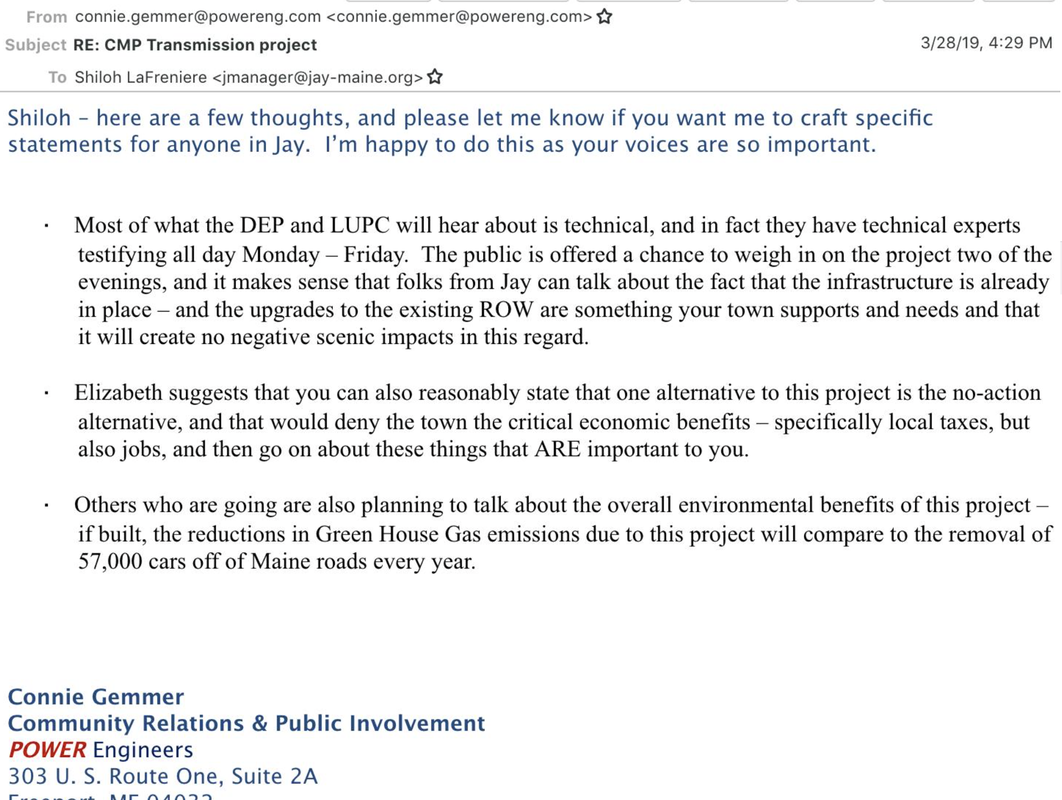

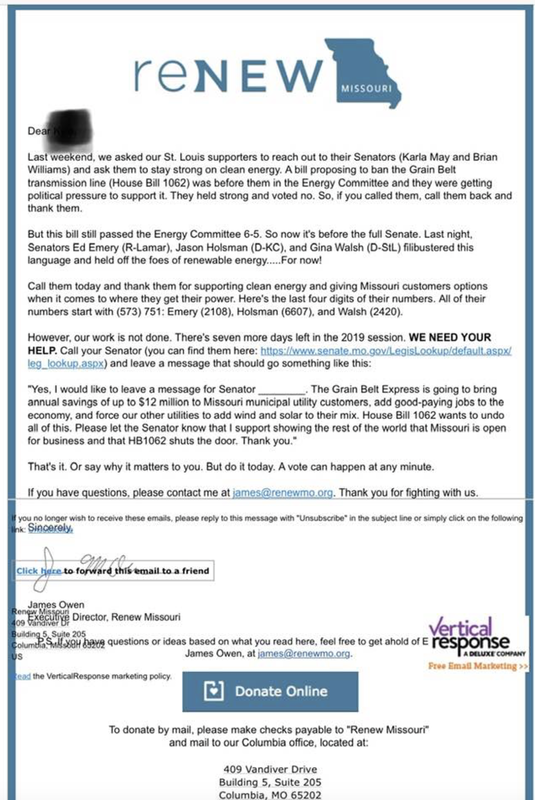
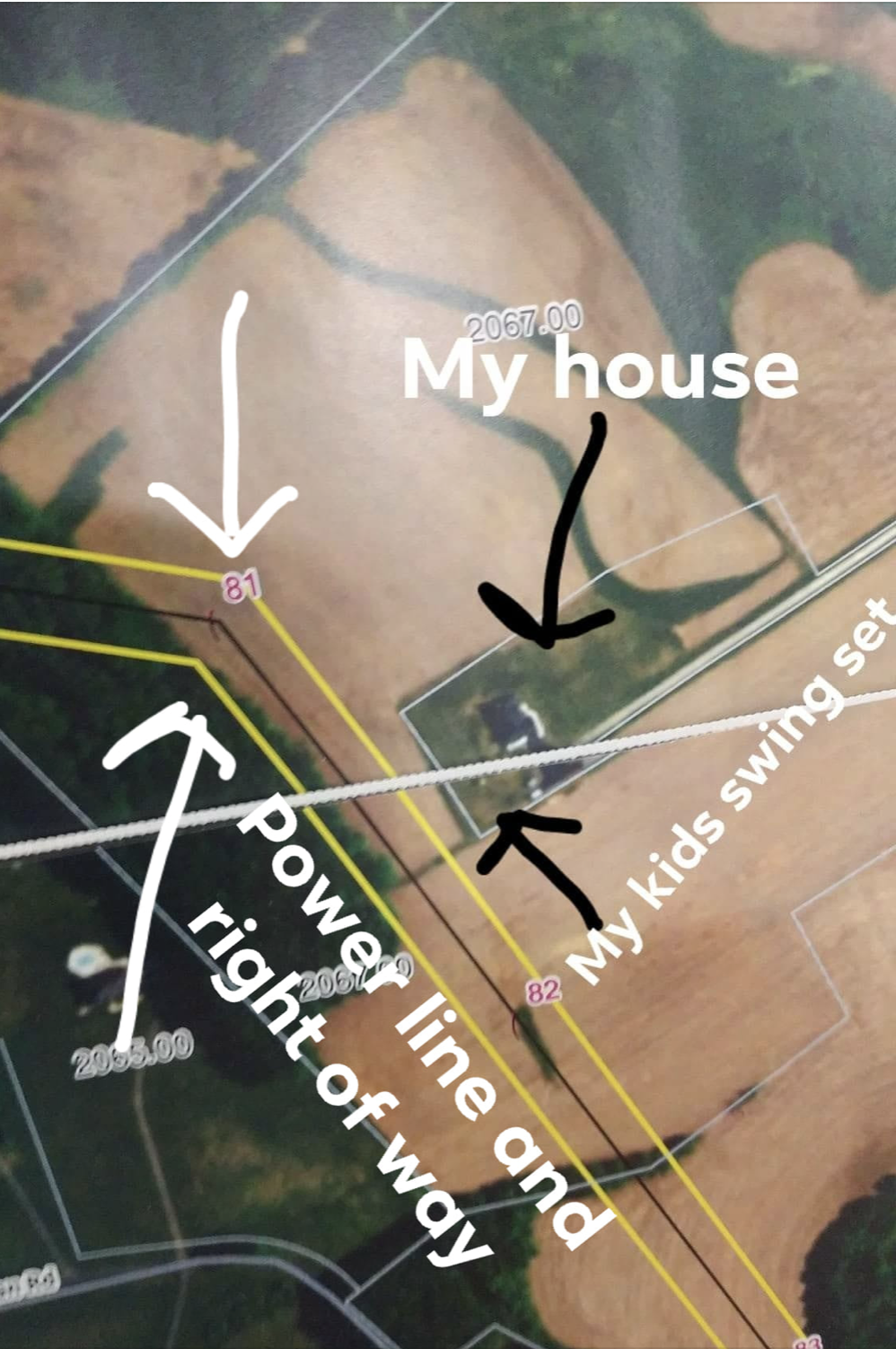
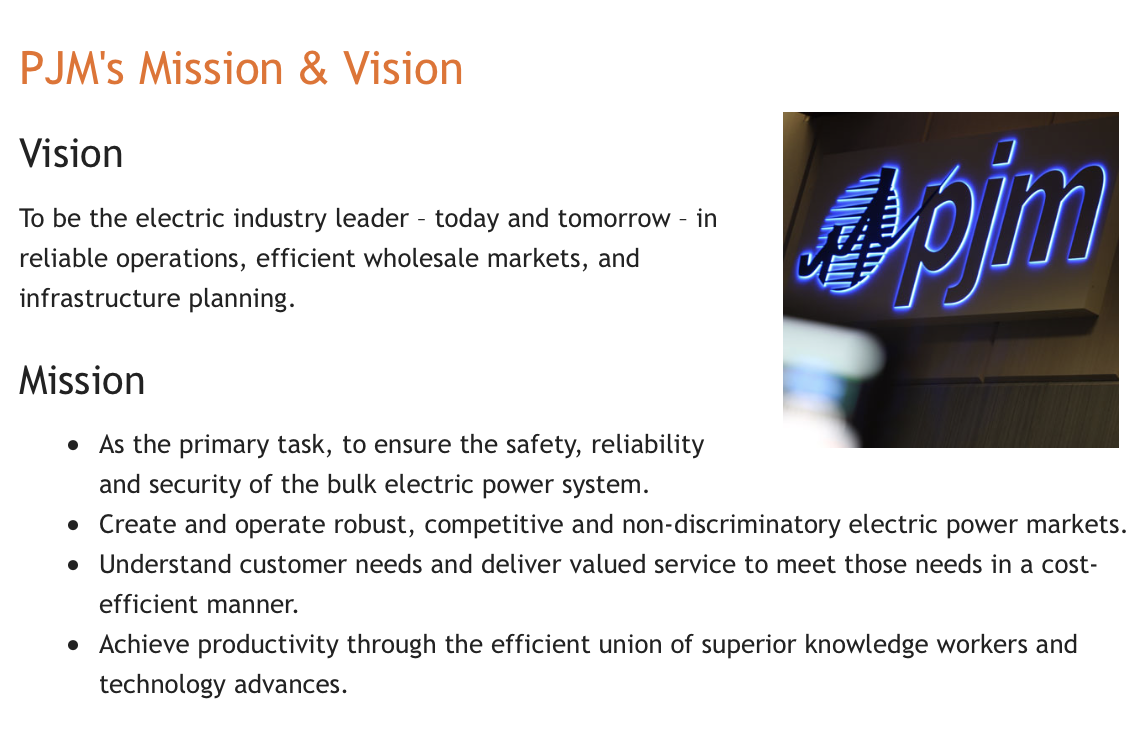
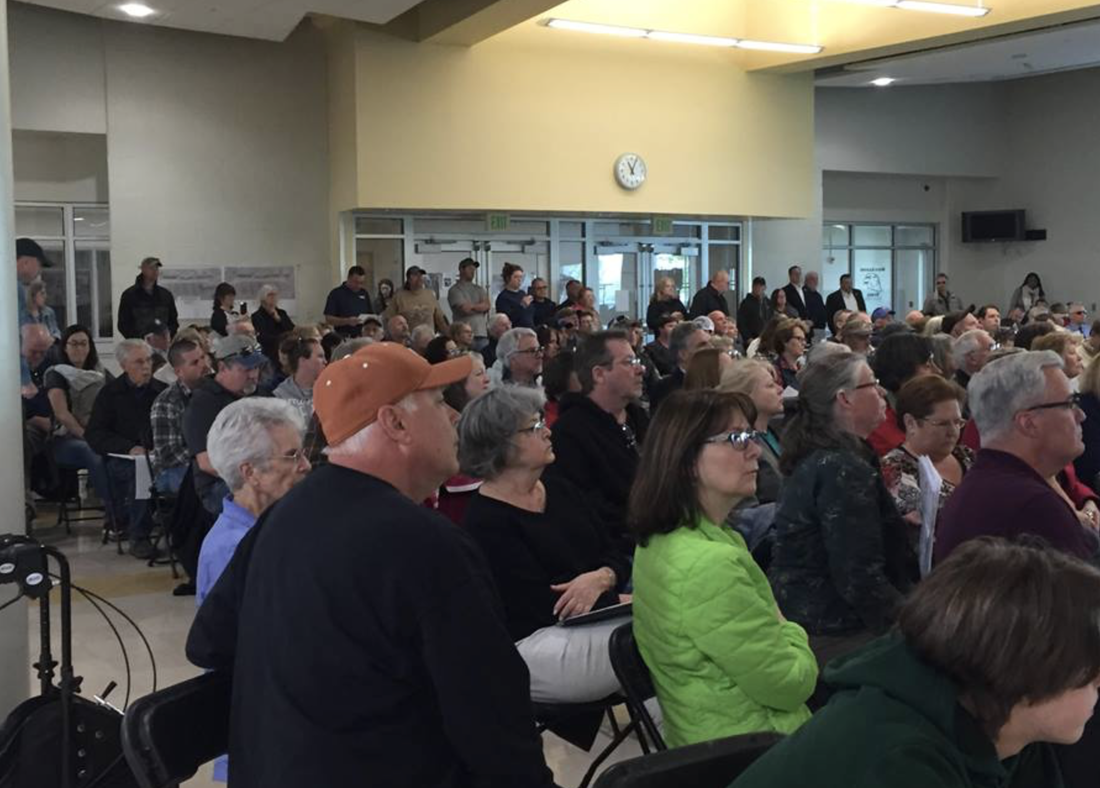

 RSS Feed
RSS Feed